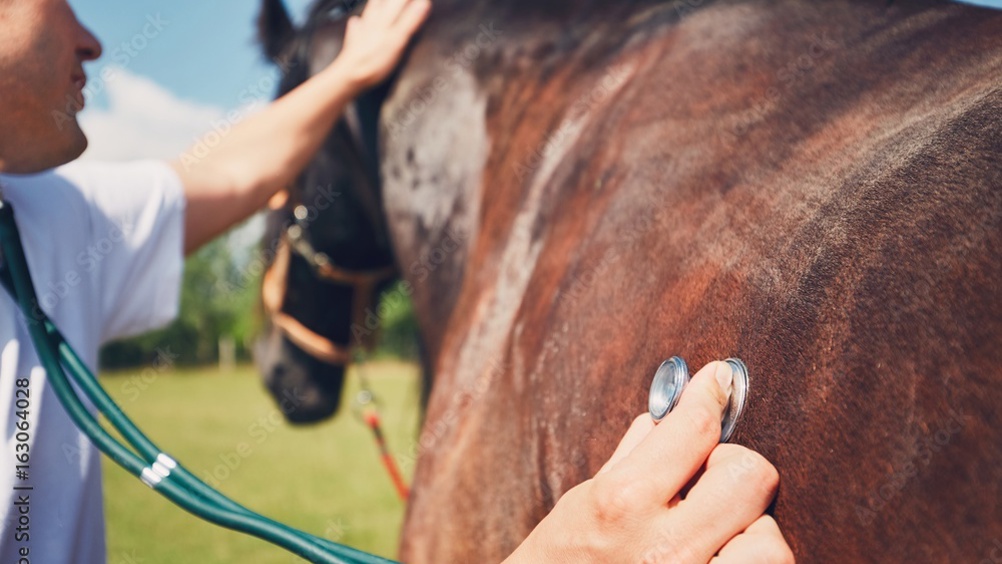References
So you have heard a heart murmur – what next?

Abstract
Heart murmurs are common in horses, This article seeks to help clinicians discern which murmurs are likely to be performance- or safety-limiting and those which are more likely to be physiological. The article will go through some common scenarios and questions raised when a heart murmur is heard - including how it should be Investigated, and whether the horse can be safely sedated or anaesthetised.
This article, which follows on from Hallowell (2018), will focus on tips and tricks regarding decision-making and next steps upon hearing a heart murmur in a horse. Commonly asked questions will be answered and supported with some case examples.
Heart murmurs are a common finding in horses. Physiological aortic flow murmurs are the most common murmur, found in 60-80% of horses. One of the key steps is to determine whether the murmur is physiological or pathological, which is often easier said than done!
The first important investigative process is two-fold. If the horse has a normal resting heart rate, it is not in heart failure so this will not be the cause of any comorbidities that may need evaluating, such as weight loss, ventral oedema, or poor performance. The next important factor to identify is whether the horse has a regular rhythm; if it does not, determine whether it is regularly irregular (making it more likely to be second degree atrioventricular blockade), or irregular, making atrial fibrillation more likely. This can helps with further investigation, as atrial fibrillation is often found with severe mitral (and tricuspid) regurgitation.
Register now to continue reading
Thank you for visiting UK-VET Equine and reading some of our peer-reviewed content for veterinary professionals. To continue reading this article, please register today.

